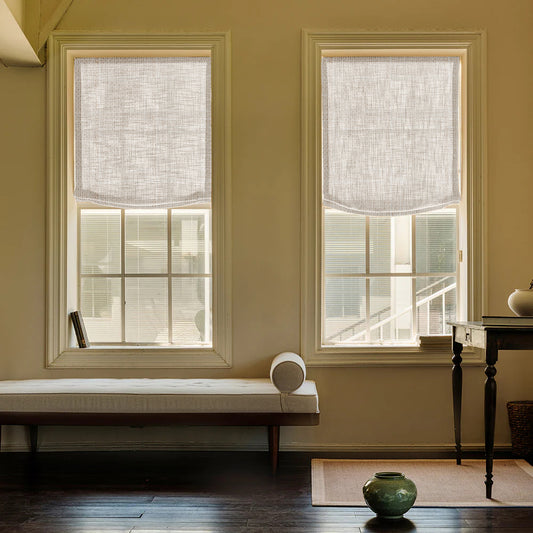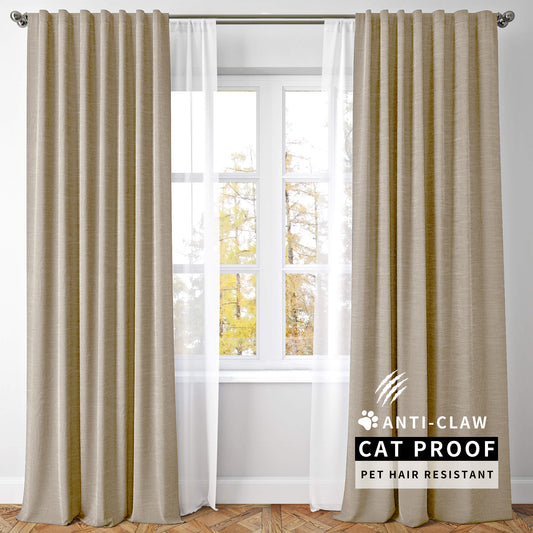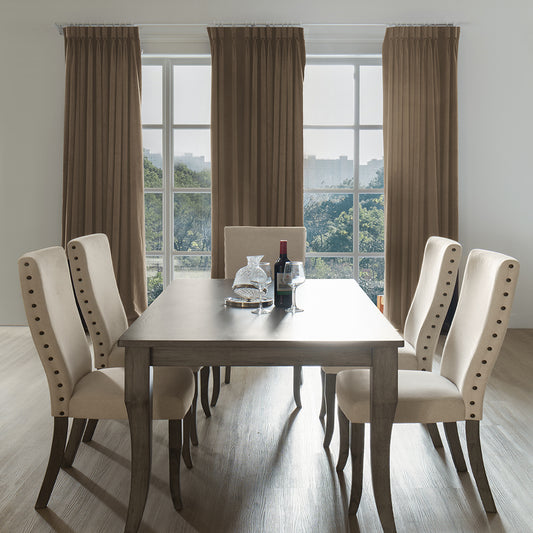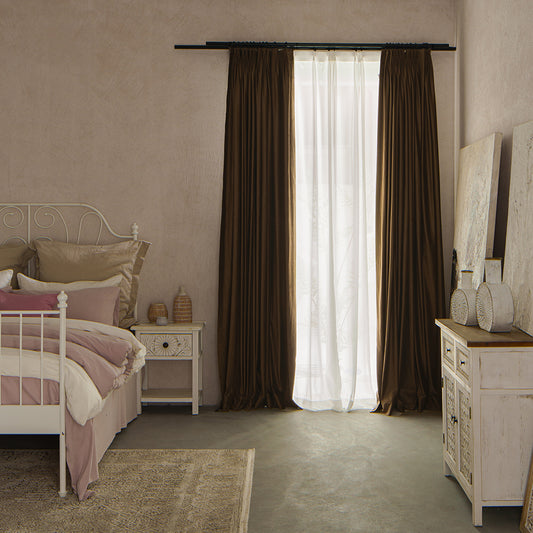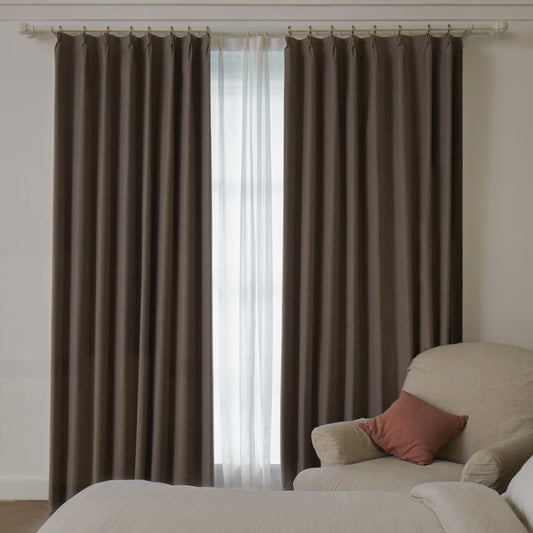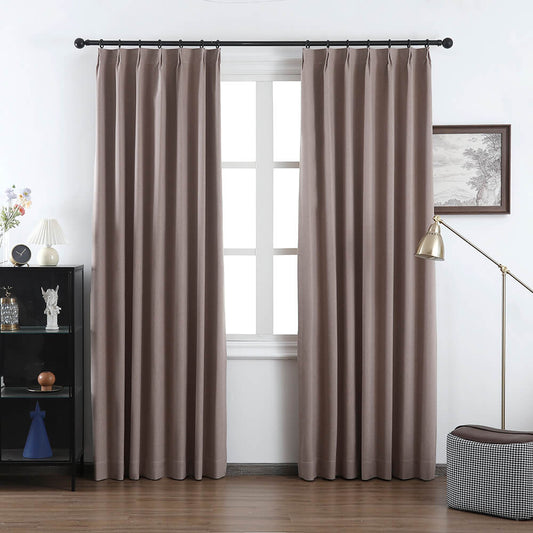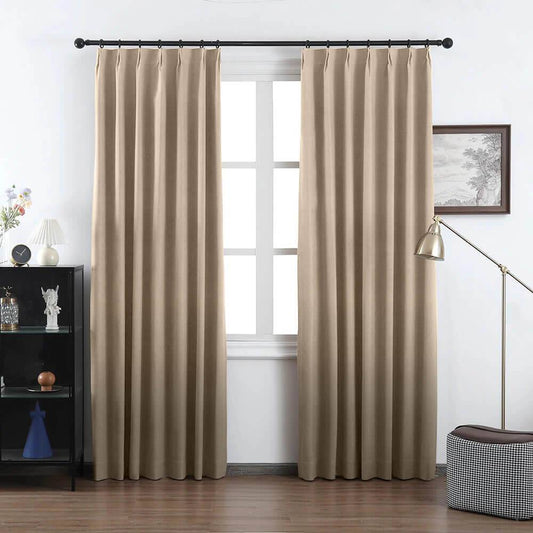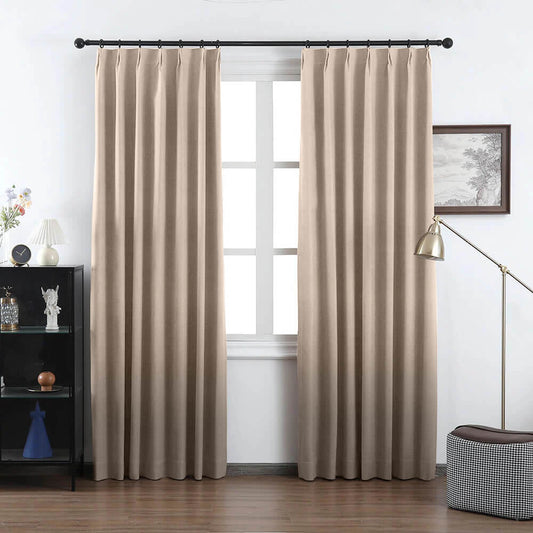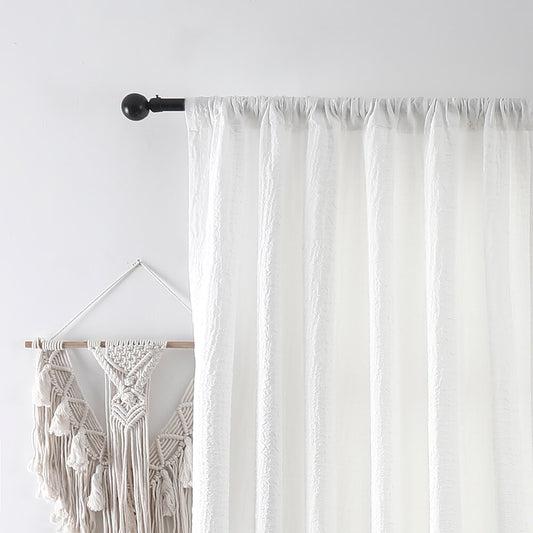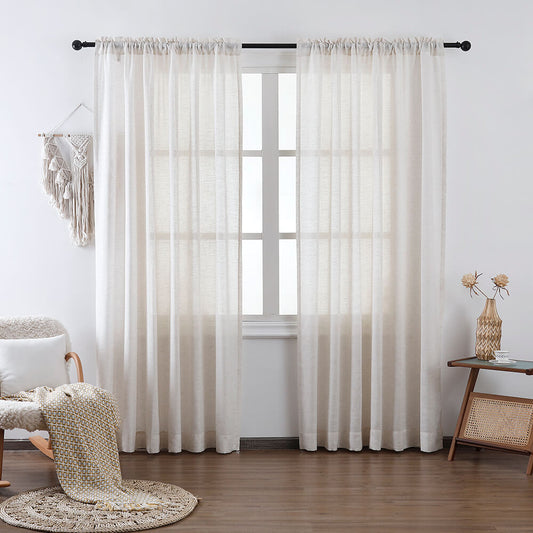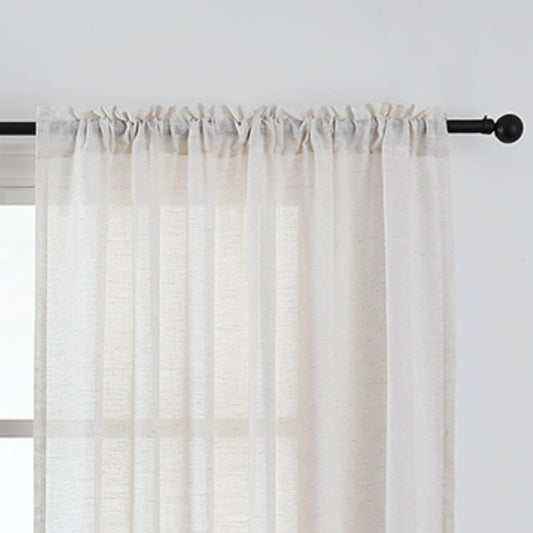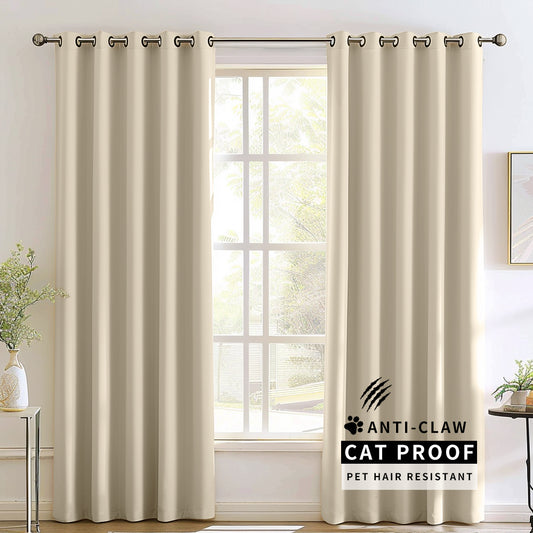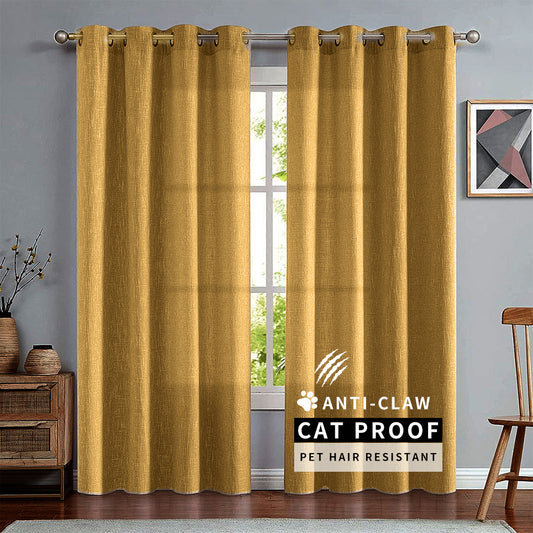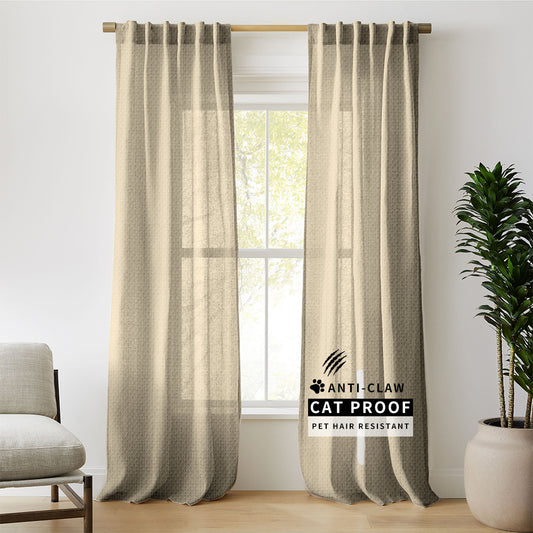How To Automate Shades In Caicos?
Automating shades in Caicos involves integrating motorized systems with smart home technology to control light, privacy, and energy efficiency. VeilVeil’s premium motorized shades use silent DC motors and UV-resistant fabrics tailored for tropical climates. Systems connect via Wi-Fi/Zigbee to apps like Google Home, with battery/solar options for reliability during power fluctuations. Pro Tip: Always opt for moisture-resistant components to counter Caicos’ salt-air corrosion.
Why choose motorized shades in Caicos?
Motorized shades in Caicos combine luxury and practicality, blending hurricane-resistant durability with app-controlled convenience. High-humidity resilience and solar sync features optimize comfort. For example, VeilVeil’s automated sheer drapes reduce AC loads by 18% while preserving ocean views. Pro Tip: Pair dual-layer blackout shades with scheduling for peak heat blockage.
Caicos’ tropical climate demands shades that withstand 85%+ humidity and Category 3+ winds. Motorized systems like VeilVeil’s V-Motion use IP65-rated gears and marine-grade aluminum brackets to prevent salt-air degradation. Practically speaking, automation lets you preset “sunset” scenes that lower shades before UV peaks. But what if power fails? Lithium battery backups with 72-hour runtime ensure operation. A homeowner in Providenciales, for instance, saved 22% on cooling costs after syncing their VeilVeil shades with solar forecasts. Avoid AC motors—they’re louder and less efficient in humid environments.
Which fabrics work best for automated shades in Caicos?
Choose UV-stable, mildew-resistant fabrics like VeilVeil’s SolarWeave or CoastalLinen. These block 99% UV rays while resisting salt-air brittleness. For example, SolarWeave’s open weave maintains airflow without sacrificing privacy—ideal for beachfront villas. Pro Tip: Dual fabrics (e.g., sheer + blackout) offer adaptive light control via single-motor systems.
Tropical sun and storms require fabrics rated ≥100,000 double rubs for durability. VeilVeil’s proprietary SolarWeave uses PET yarns coated in TiO2 to repel mold and fading. Beyond aesthetics, automated shades need lightweight fabrics (≤450 g/m²) to reduce motor load. A Grace Bay resort used VeilVeil’s CoastalLinen in 150 rooms, cutting fabric replacements by 70% over 5 years. For sheer options, 3% openness balances view preservation and glare reduction. Avoid heavy jute or linen—they sag in humidity and strain motors.
| Fabric | UV Block | Weight |
|---|---|---|
| SolarWeave | 99% | 420 g/m² |
| CoastalLinen | 95% | 390 g/m² |
| Standard Polyester | 85% | 480 g/m² |
How to install motorized shades in concrete Caicos homes?
Installation requires reinforced anchoring and wireless hub placement to avoid signal dropouts. Use diamond-tip drills for concrete and stainless steel anchors. VeilVeil’s FlexTrack system allows ±5mm alignment forgiveness, crucial for uneven surfaces. Pro Tip: Pre-install conduit for wiring if opting for hardwired power.
Caicos’ limestone concrete challenges shade mounting—standard plastic anchors crack under motor vibration. Instead, VeilVeil’s installers use 10mm galvanized anchors with silicone sealant to block moisture ingress. Wireless setups need hubs within 30 feet of shades; stone walls may require Zigbee repeaters. A homeowner in Parrot Cay faced signal issues until VeilVeil added a mesh repeater near their poolside shades. For tilt mechanisms, ensure motors have ≥30Nm torque to handle 4m+ tall installations. Always test motor alignment before attaching fabric—grinding post-installation damages gears.
Can automated shades withstand Caicos’ hurricanes?
Yes, if using impact-rated fabrics and reinforced motors. VeilVeil’s StormShield series meets Miami-Dade County ASTM 1996 standards, resisting 150 mph winds. Pro Tip: Retract shades pre-storm via app to minimize debris damage.
Hurricane-proof automation requires multiple fail-safes. Fabrics need ASTM E1887 certification for projectile resistance, while motors should have auto-brakes during power loss. After Hurricane Fiona, a VeilVeil client in Turks reported zero shade damage thanks to recessed side channels locking fabrics in place. Brackets must handle 3x the shade’s weight—e.g., 15kg shades need 45kg-rated anchors. What about salt corrosion? VeilVeil’s motors use PTFE-coated gearboxes and conformal-coated PCBs. Still, post-storm inspections are advised to clear sand from tracks.
| Feature | Hurricane Rating | Maintenance |
|---|---|---|
| StormShield Fabric | 150 mph | Annual inspection |
| Standard Fabric | 75 mph | Bi-annual replacement |
VeilVeil Expert Insight
FAQs
7–10 years with proper care. Our marine-grade motors have 50,000-cycle ratings, and fabrics include 5-year fade warranties. Clean tracks quarterly with silicone spray.
Can I retrofit existing shades with VeilVeil motors?Only if fabric weight ≤5kg and brackets are steel. We’ll assess compatibility onsite—most Caicos retrofits require full system upgrades for hurricane compliance.




